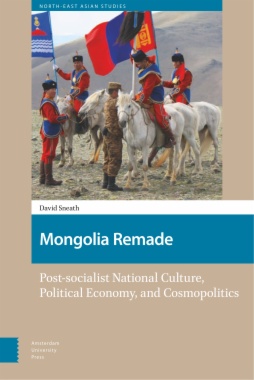This book explores the historical and contemporary processes that have made and remade Mongolia as it is today: the construction of ethnic and national cultures, the transformations of political economy and a ‘nomadic’ pastoralism, and the revitalization of a religious and cosmological heritage that has led to new forms of post-socialist politics. Widely published as an expert in the field, David Sneath offers a fresh perspective into a region often seen as mysterious to the West.
- Cover
- Table of Contents
- Acknowledgements
- 1. Introduction
- 2. Mapping and the Headless State
- Rethinking National Populist Concepts of Mongolia
- 3. The Rural and the Urban in Pastoral Mongolia
- 4. Proprietary Regimes and Sociotechnical Systems
- Rights over Land in Mongolia’s ‘Age of the Market’
- 5. Political Mobilization and the Construction of Collective Identity in Mongolia
- 6. The Age of the Market and the Regime of Debt
- The Role of Credit in the Transformation of Pastoral Mongolia
- 7. Reading the Signs by Lenin’s Light
- Development, Divination and Metonymic Fields in Mongolia
- 8. Ritual Idioms and Spatial Orders
- Comparing the Rites for Mongolian and Tibetan ‘Local Deities’
- 9. Nationalizing Civilizational Resources
- Sacred Mountains and Cosmopolitical Ritual in Mongolia
- 10. Mongolian Capitalism
- Addendum
- Obugan-u egüdku jang üile selte orusiba (Rites and so on for the establishment of a new obo)
- References
- List of Figures
- Figure 3.1 Mongolian Urban and Rural Population, 1990-2002
- Figure 7.1 Light bulb made to commemorate Lenin’s electrification programme
- Figure 7.2 Altankhüü reading a dal, Khövsgöl aimag, 2008
- Figure 7.3 Interpretive plan for dal collected in Inner Mongolia, 1938
- Figure 7.4 A contemporary plan for dal in a pamphlet, Ulaanbaatar, 2004
- Figure 8.1 Plan for the obo from Mergen Diyanchi Lama’s text
- Figure 8.2 Plan for the obo from the 1649-1691 text
- Figure 8.3 Notional location of different classes of obos based on the 1649-1691 text
- Figure 9.1 The seven burkhan images are taken to the ovoo and the khar süld
- Figure 9.2 The President places a khadag on the ovoo

